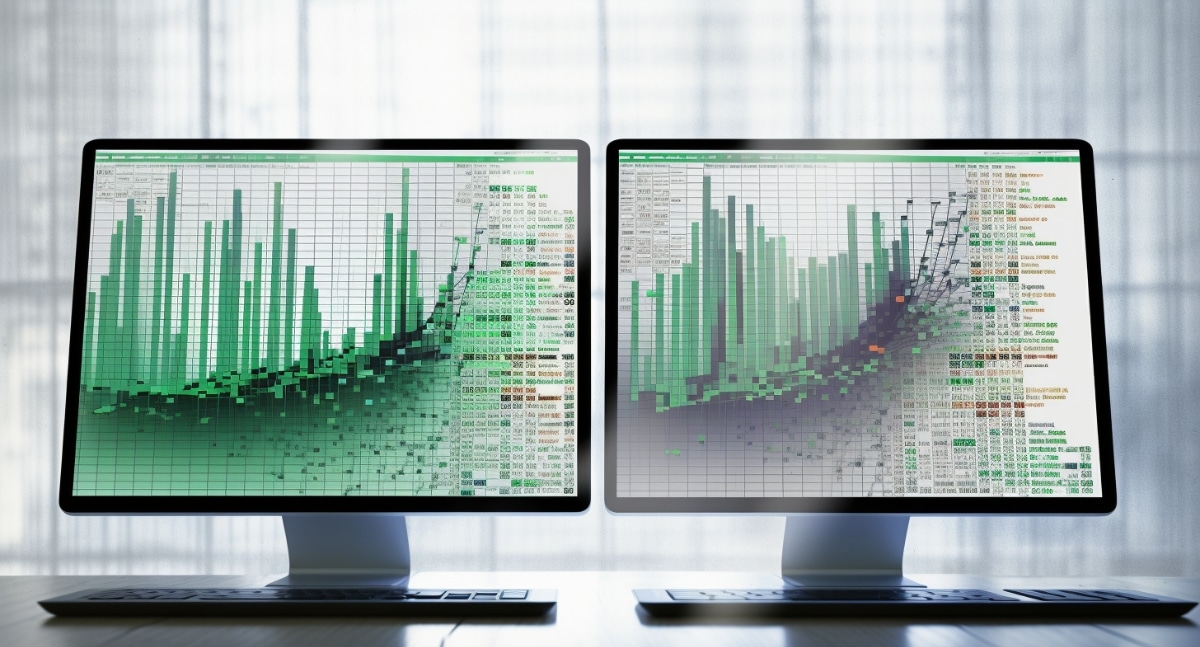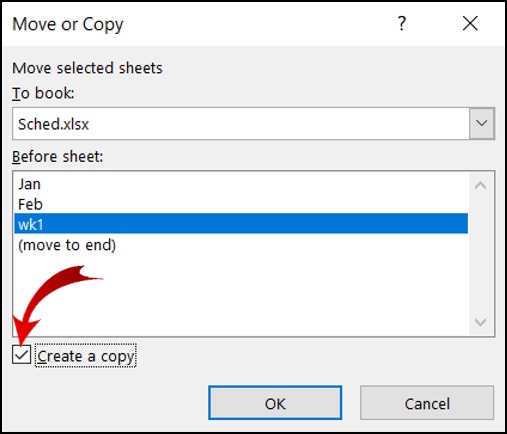5 Ways to Print Excel Sheets on Separate Pages

When working with Microsoft Excel, managing and organizing data is essential, and often, there's a need to print spreadsheet data for presentations, reports, or simply for record-keeping. However, one challenge many Excel users face is printing their data across multiple pages effectively. Here are five methods to print Excel sheets on separate pages, ensuring your data is organized and presented as clearly as possible.
1. Setting Up Page Breaks Manually

Page breaks in Excel help you determine how data will be divided when printed:
- Go to the “View” tab.
- Click on “Page Break Preview.”
- Drag and drop the blue line borders to insert or adjust page breaks manually.
🔍 Note: Dragging these lines too close to your data can hide it, so be cautious while adjusting.
2. Using ‘Page Layout’ for Custom Printing

The ‘Page Layout’ view allows for detailed printing options:
- Select the “Page Layout” tab.
- Under “Scale to Fit,” choose your scaling options like “Fit to” pages wide or tall.
- Set print area under “Print Area” to select specific ranges for printing.
📐 Note: Using the “Fit to” option might compromise the readability by shrinking the content too much.
3. Printing Multiple Sheets at Once

If you need to print multiple sheets with the same settings:
- Right-click on the tab name of the sheet you want to print.
- Choose “Select All Sheets” or individually select the sheets by holding Ctrl.
- Go to “File” and click “Print” to view the preview. Excel will print each selected sheet on a separate page.
4. Utilizing VBA for Customized Printing

For a more automated approach:
- Open the VBA editor with Alt + F11.
- Insert a new module, and copy-paste the following code:
Sub PrintEachSheet()
Dim ws As Worksheet
For Each ws In ActiveWorkbook.Worksheets
ws.PrintOut
Next ws
End Sub
- Run the macro to print each sheet on separate pages.
📝 Note: To customize the print settings in VBA, you’ll need to explore Excel’s object model further.
5. Adjusting the Print Settings

Excel provides granular control over print settings:
- Click “File” > “Print.”
- Under “Settings,” choose “Print Entire Workbook” to print all sheets, or select specific pages for individual sheets.
- Adjust orientation, margins, and headers/footers from the “Page Setup” dialog.
Here’s a brief comparison of these methods:
| Method | Advantages | Disadvantages |
|---|---|---|
| Manual Page Breaks | Full control over where pages split | Can be time-consuming for large datasets |
| Page Layout Printing | Easily adjust scale and print areas | May distort data if not scaled appropriately |
| Print Multiple Sheets | Quickly print related sheets together | All sheets must share similar print settings |
| VBA Printing | Automate repetitive printing tasks | Requires basic knowledge of VBA |
| Adjust Print Settings | Customize each sheet’s print setup | Settings need to be changed for each sheet |

In summary, each method for printing Excel sheets on separate pages offers unique benefits depending on your needs. Manual page breaks give you the most control over data segmentation, while VBA can automate the printing process. Choosing the right technique depends on your data's size, complexity, and your familiarity with Excel features. By understanding and applying these methods, you'll enhance your efficiency and the clarity of your printed documents, ensuring they meet your professional or personal needs with ease.
Can I print multiple Excel sheets on one page?

+
Excel does not directly support printing multiple sheets on one page, but you can manually copy the data into one sheet or use a third-party tool to achieve this.
How do I ensure my page breaks are in the right place?

+
Using the Page Break Preview, you can manually adjust page breaks. If the page breaks change unexpectedly, review and update formulas or data that might affect row heights or column widths.
Is there a way to save print settings?

+
You can save print settings using VBA by recording macros or by manually setting the options for each print session.
What are some common mistakes in printing Excel sheets?

+
Common mistakes include not setting the print area, ignoring page setup options like margins, and not checking for page breaks in the data view. Also, ensure that the print quality settings are appropriate for the output needed.
Can I automate printing with different settings for each sheet?

+
VBA can be used to automate printing with different settings for each sheet, allowing for complex print management tasks to be scripted and executed with one command.